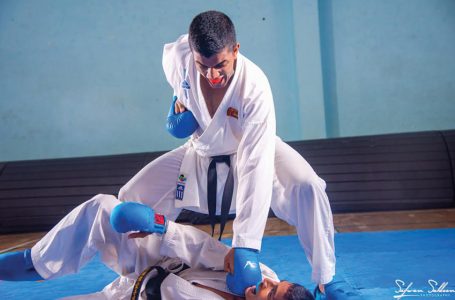
What is Aerobic Training?
Aerobic training is more commonly known as “cardio”. Aerobic training involves exercises done at a moderate pace for a longer duration. You do not feel out of breath when doing aerobic exercises because the heart pumps oxygenated blood to the muscles. 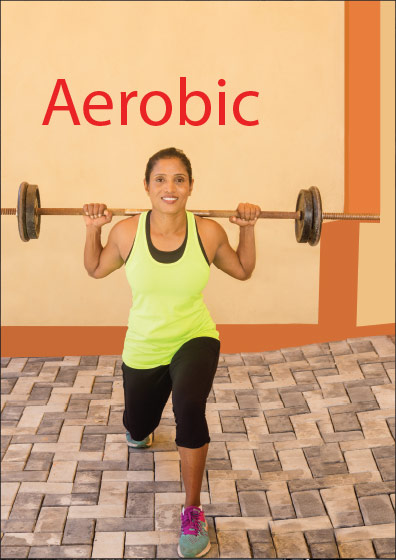 Oxygen in your muscles helps to keep your muscles working. Anaerobic training is when you perform exercises at a fast pace that cause you to get out of breath quickly. Aerobic exercises done at higher intensity become anaerobic exercises. Aerobic exercises have many benefits for overall physical and mental health.
Oxygen in your muscles helps to keep your muscles working. Anaerobic training is when you perform exercises at a fast pace that cause you to get out of breath quickly. Aerobic exercises done at higher intensity become anaerobic exercises. Aerobic exercises have many benefits for overall physical and mental health.
Getting Started
Getting Started
An individual’s aerobics training programme should consider his/her fitness level, intensity and volume requirement. 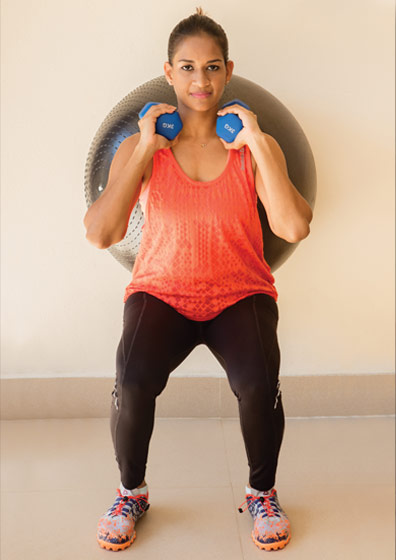 The key is to start with continuous training exercises for building a strong foundation before starting interval training. Begin with low intensity training and then move into higher intensity work outs (60%, 70%, 80% to 90%) with gradual and progressive loading, increasing the duration would also help in increasing the intensity for the work out.
The key is to start with continuous training exercises for building a strong foundation before starting interval training. Begin with low intensity training and then move into higher intensity work outs (60%, 70%, 80% to 90%) with gradual and progressive loading, increasing the duration would also help in increasing the intensity for the work out.
Key Elements of an Aerobic Training Programme
Intensity This refers to the quality and the physical effort put into the training session. This depends on a person’s age, current fitness level, percentage of maximum heart rate, percentage of maximum oxygen capacity level and percentage of running speed and fatigue level.
Duration
The time span of a single training session. When performing continuous training there is an inverse relationship between the duration and the intensity, as when training intensity increases the training duration decreases and vise versa. Example: 35 to 45 minutes slow runs (8Km/hrs).
Frequency
The number of training sessions per week. Below are some guidelines to increase maximum oxygen capacity and a productive training session.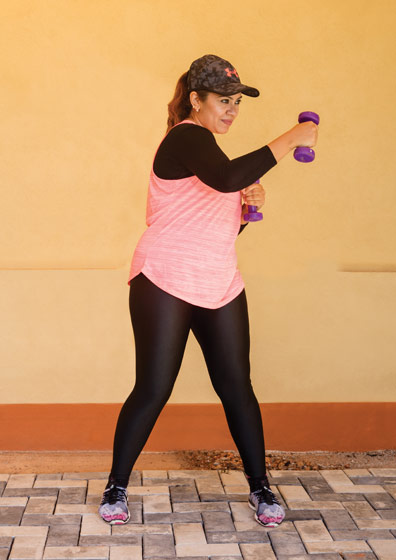
- 4 training sessions per week produce optimal changes (More than 4 training sessions per week is not effective)
- For a beginner 2-3 sessions per week is more effective
- Intensity of the workout is more important than the frequency
Volume
This is the total integration of intensity, duration and frequency of the training programme.
- Mode of training: the type of exercise selected to develop oxygen transportation system and oxygen utilization system.
- Type of Training :
Continuous aerobic training and interval aerobics training
Basic Aerobic Exercises
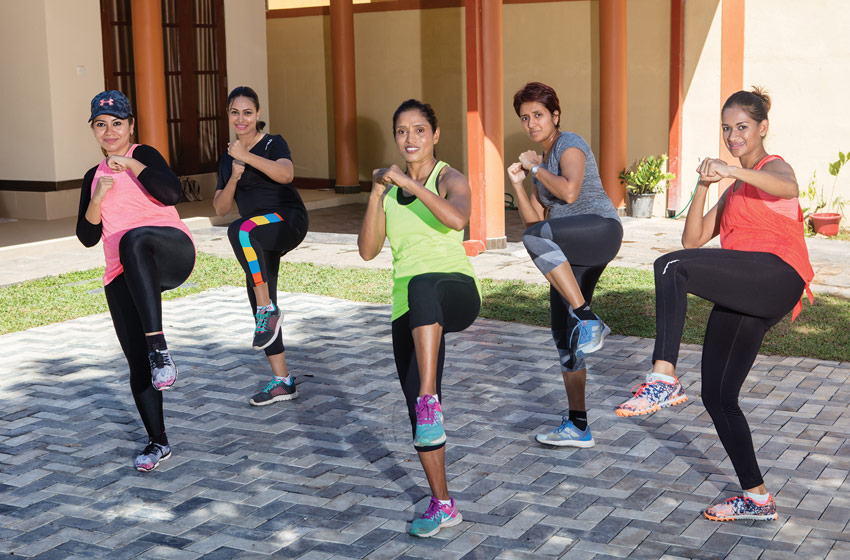
Aerobic activities can be performed anywhere from the comfort of your home, fitness centre, swimming pool or at aerobics exercise classes. To assist you in the process you can make use of weight equipment, stationery bike, treadmill and gym ball as these are some of the common equipment used. Basic activities would be:
- Brisk walking
- Jogging
- Cycling
- Aerobics dance
- Circuit training
- Yoga and Pilates
- Aquatic sports Below is a list of activities with the approximate number of calories burned per hour:
Endurance Related Benefits in Aerobic Training
- Improves the ability to overcome fatigue
- Increases the capacity to work at relatively lower to higher intensity for prolonged time periods (over20 minutes to 1 hour per day)
- Improves the workout at high intensity for shorter time periods
- Improves the recovery rate according to the work intensity
- Improves the ability to expand high energy consumption from carbohydrates and fat
- Improves overall performance
Benefits of Doing Regular Aerobics Exercises
- A stronger heart improves it’s pumping efficiency and reduces the resting rate
- Increase of the total number of red blood cells which also helps the transportation of oxygen throughout the body
- Improves muscle health by improving overall blood circulation and reduces blood pressure
- Noticeable weight loss due to the combination of a healthy diet and appropriate strength training aerobic exercises
- Reduction in heart disease, cholesterol, diabetes and the risk of stroke
- Apart from weight loss, walking can also reduce risk of Osteoporosis
- Lower impact exercises such as stationary cycling and swimming will help with people with arthritis to exercise without putting much stress on their joints
- Improves immune system and metabolism levels
- Improves mental health by reducing stress
- Improve muscle contraction
- Provides good sleep
- Improve joint flexibility and coordination

Darshana Aththanayake
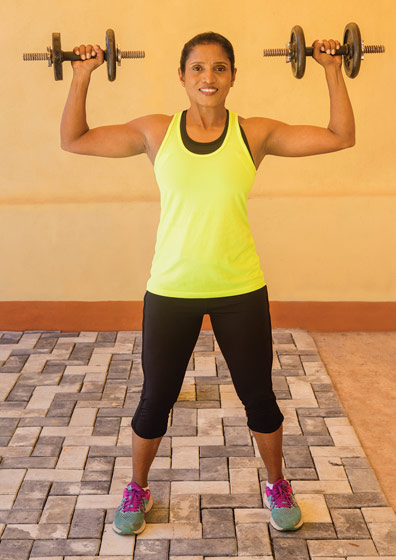 Darshana is a qualified fitness trainer with both international and local experience. She is an accomplished track athlete who has won events both in Sri Lanka and abroad. Darshana still competes as an athlete for Sri Lanka in the Masters and Open Divisions respectively. Her clientele includes celebrities, corporate professionals and individuals who want to reap the benefits of a fit lifestyle.
Darshana is a qualified fitness trainer with both international and local experience. She is an accomplished track athlete who has won events both in Sri Lanka and abroad. Darshana still competes as an athlete for Sri Lanka in the Masters and Open Divisions respectively. Her clientele includes celebrities, corporate professionals and individuals who want to reap the benefits of a fit lifestyle.
For advice Darshana can be
contacted via 0777389443






